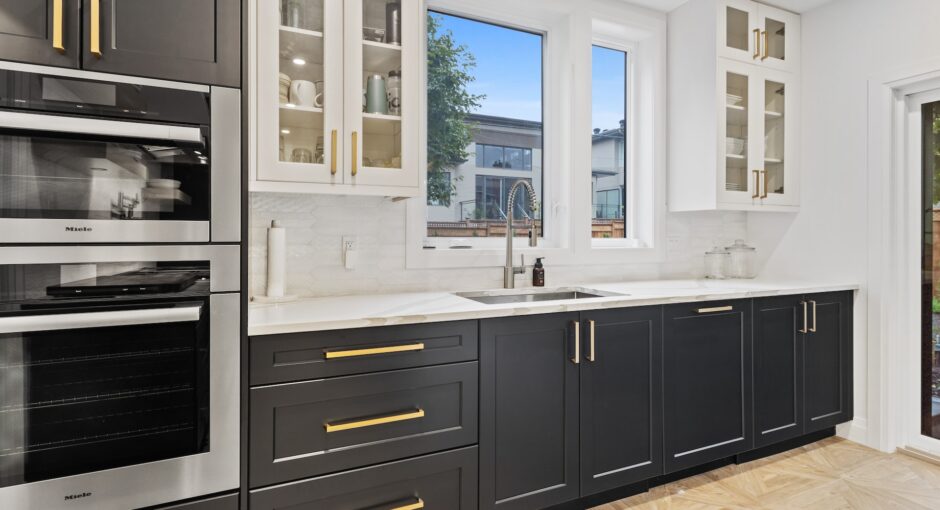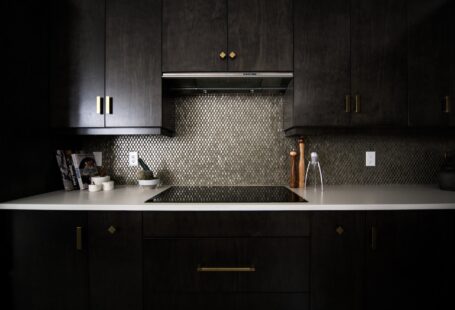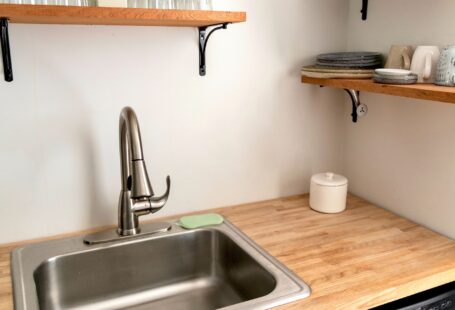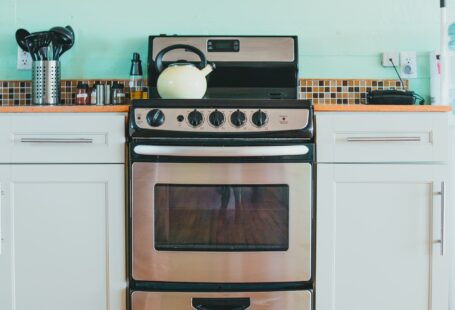Painting kitchen cabinets is no easy feat, but with the right tools and some tips you can achieve a smooth finish. Many people mistakenly think you need to use a paint sprayer for this look, but it’s actually very simple and affordable to do without one!
To achieve a smooth finish, it is necessary to prepare the surface properly. This may involve sanding down previous paint or stain, using wood filler if necessary, and de-glossing to make it ready for primer application.
Next, it is essential to thoroughly clean cabinet surfaces and wipe away any food, grease or debris that may be on them. Doing this ensures the surface is completely dry before proceeding. It may also be beneficial to use a degreaser if your cabinets are older and heavily soiled.
After cleaning, apply a coat of high-quality primer. This will help the paint adhere better and provide an extended-lasting finish. Allow the primer to dry completely before applying any paint – plan on at least 24 hours between coats.
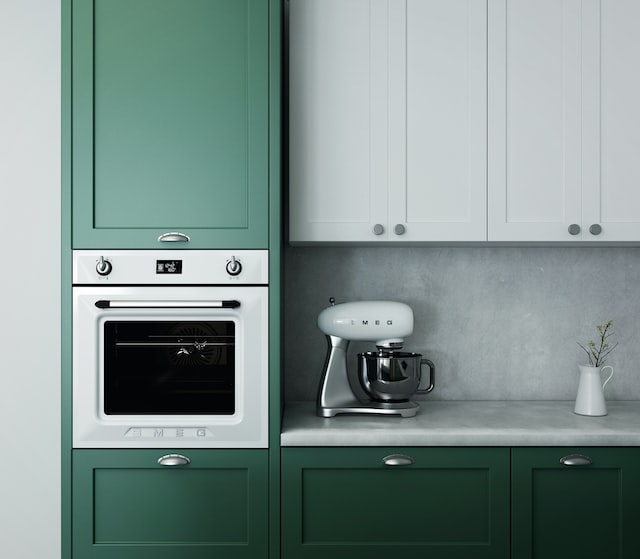
Once the primer has dried, it’s time to paint your cabinets and drawers. Gibbons recommends using a two-inch angled brush for cutting into corners and crevices of cabinets as well as using a roller on flat surfaces for even smoother results. Be sure to select an appropriate type of paint roller nap as well for optimal smoothness.
The final step to achieve a smooth finish is applying an even coat of paint. This step is especially essential for areas like cabinet doors and drawer fronts, but it should also be done on other parts of the cabinets.
When applying a coat of paint, it’s best to use a small foam roller. This will give your smooth finish without leaving any texture as with larger woven rollers.
Another tip is to use a paintbrush with an angled edge rather than a straight one, as the curve of a straight brush may cause splatters and streaks when applying thick coats of paint. Furthermore, an angled edge helps you cover more surface area per coat of paint, which reduces the amount of product needed.

Once you’ve finished painting your cabinets, it is advisable to wipe down the entire surface with a damp sponge or cloth. Doing this will prevent paint from becoming streaky and reduce dust splatters.
Mistake 8: Neglecting to sand and clean the surface thoroughly before painting is one of the most frequent mistakes homeowners make when painting their kitchen cabinets. This can lead to an uneven, patchy paint job.
A thorough cleaning will eliminate any food, grease or debris on the cabinet surface and help prevent it from smudging and ruining your final paint job. A heavy duty kitchen cleaner or degreaser will guarantee your area is free from grease so paint won’t absorb into wood pores.
